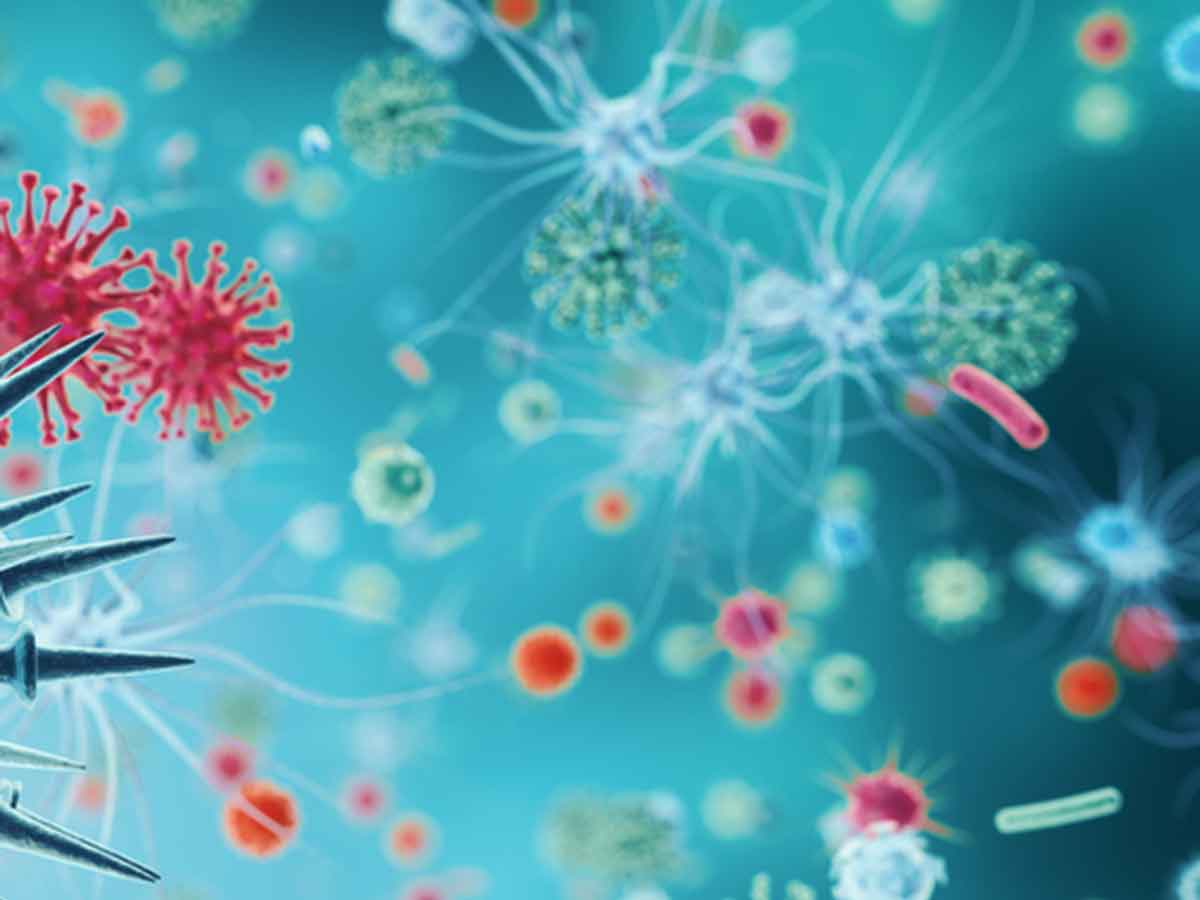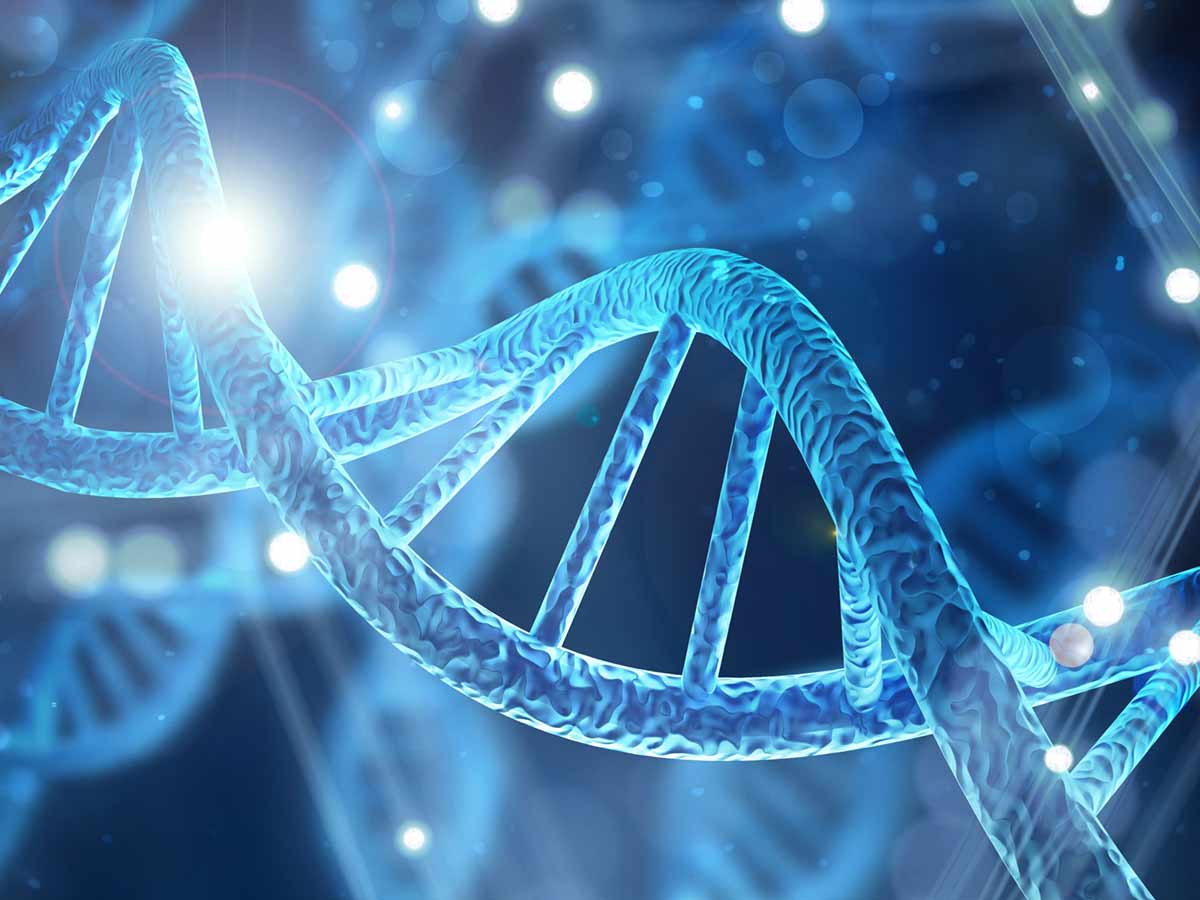Download White Paper:
Saletto Saliva Collection Device’s Integrated Filtration Improves Accuracy in the Lab by Reducing and Standardizing Saliva Samples’ Variable Viscosity
Abstract
The key to expanding saliva-based diagnostics is resolving the variability in saliva samples. Saletto® is the first saliva collection device to incorporate filtration that can reduce and standardize the viscosity of saliva samples. This eliminates common preparation steps and sample dilution, producing a ready-to-use sample during the collection process. Viscosity differences can cause inaccurate volume transfer in liquid handling equipment used in the laboratory and may contribute to the lack of test sensitivity in lateral flow assays. To combat viscosity, preparation steps such as centrifugation and freeze-thaw occur before sample analysis. Alternatively, the sample is coupled with enzymatic and chemical treatments to reduce viscosity, leading to dilution of the target analyte, which may be present in already low concentrations within saliva.
In our studies, we demonstrated that the average viscosity of passive drool saliva samples was measured as 3.76 cP (roughly the viscosity of glycerin) with a standard deviation of 3.49. This was compared to saliva samples collected and filtered with Saletto, which averaged 1.34 cP (close to the viscosity of water at room temperature) with a standard deviation of 0.30. Collecting saliva with Saletto proved to reduce the average saliva sample viscosity by 64% and lowered the coefficient of variation between the samples by 91%. Saliva samples from high viscosity donors averaged 7.70 cP when collected through passive drool, while Saletto-filtered samples averaged only 1.29 cP, reducing viscosity by 83% and minimizing variation by 97%.
Saletto’s ability to not only reduce but also standardize viscosity across both high and regular viscosity donors enables laboratories to avoid centrifugation and freeze-thaw protocols, eliminate the addition of enzymatic and chemical reagents to the samples to lower viscosity, and should allow for easier automated pipetting calibration and more accurate sample transfer during the workflow.
Read more about the study in the white paper.



